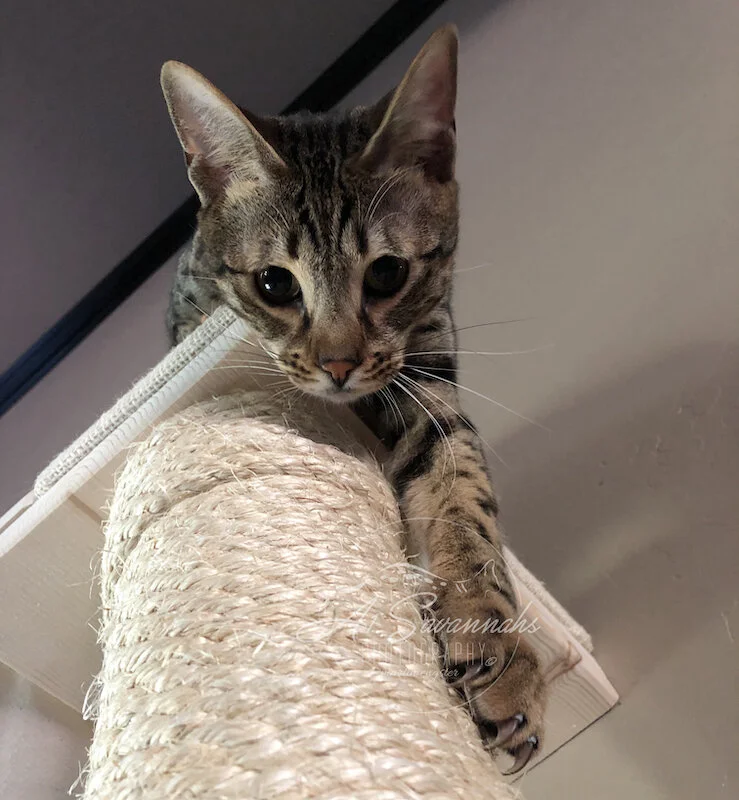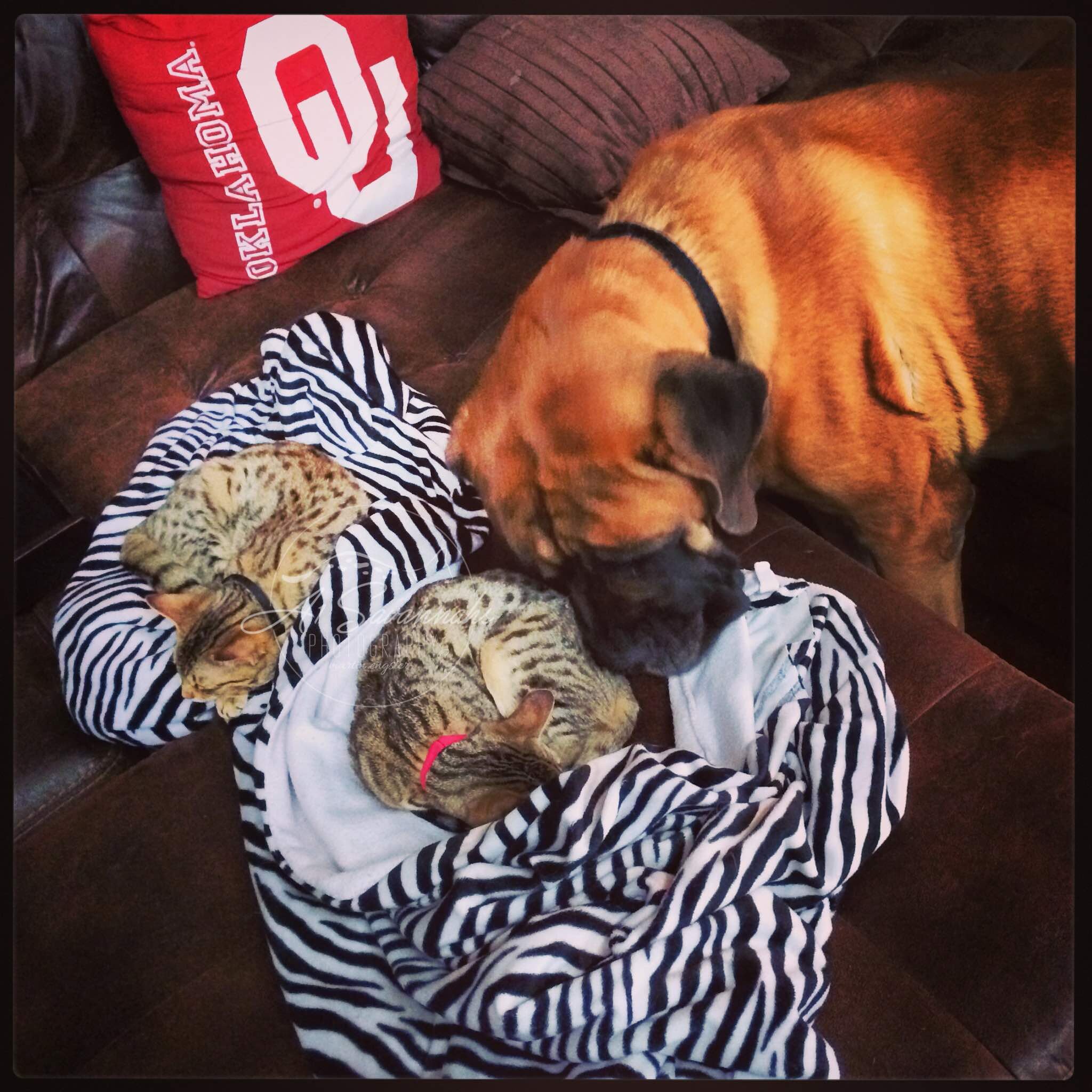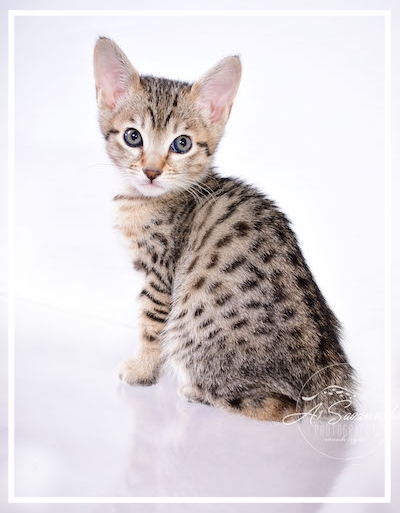Cats are not fond of moving, that is a simple fact. Quite often, they tend to react by being irritable, scared, and even aggressive after relocation. The last thing you want is to regret taking this step in the first place. So, instead of just putting your cat in a car/on a plane and expecting that everything's going to be fine, you should make a thorough plan of your relocation with your pet. The first thing on your list is researching the best ways to transport cats long-distance.
Your pet's health is what matters the most
A visit to your cat's veterinarian is a good idea even if you are taking him on a holiday with you, let alone if you are moving long-distance with your feline. Make sure that your cat's health record and vaccinations are up to date and have your cat's health condition checked. Use this appointment to discuss some potential issues regarding your pet with the health professional. For instance, you can find out what their opinion about microchipping is because it can be rather useful in case your cat gets lost during the relocation. Also, you can ask your vet to recommend a colleague in your future hometown.
Your vet can also advise you on which type of transport they think would be the most suitable for your pet and what equipment to use for that purpose. Also, they will tell you whether sedating your pet for the trip is a good idea and how your cat can get a passport. After you solve all your dilemmas about your cat, you will be able to move with ease across the US, or even across the world.
The equipment - what to pick?
Your cat will need a leash and cat harness if you are taking him on a long-distance trip. At the airport, you will have to take your cat out of the carrier before it goes through an X-ray screening procedure and that's when he will have to be on a leash. In the car, letting your cat ramble around can be extremely unsafe for both of you. So, the leash and a harness are the first things you should buy and get your pet accustomed to. But, that's not all.
A carrier or a crate?
If you will be transporting your cat by plane, you will have to get a carrier. But before going to the store, you should check which model the airline company allows - soft or hard-sided ones. The dimensions of the carrier are crucial here too since you will have to put it underneath the seat of the person sitting in front of you. Some airlines are even exclusive about the brand they prefer.
Crates are bigger than carriers, but you can only use them if you are transporting your cat in a car. The most practical are those with more than one opening. Both carriers and crates should have enough room for your cat to turn around and stretch. Don't forget that you will have to fit in a litter box too.
Long-distance move - car vs. plane
Let's be honest - your cat will probably not enjoy any of the two types of transportation, but that's why you are there to make this process less stressful for your pet. Whatever you choose, remember not to feed your cat three to four hours before the trip to avoid motion sickness, but at the same time give your cat plenty of water to drink. That is an important step in preparation for a move.
Is a car the best way to transport cats long-distance?
If you don't feel comfortable about your cat being transported by plane, you will have to take a road trip with him. But, don't worry, this can be fun! As long as you choose the right equipment and respect the daily routines your pet has. Sure, the ride will take longer, but at least your best friend won't be traumatized once you arrive at your new home.
Don't even think about an all-night ride. They are neither safe for you nor pleasant for your cat. When planning a move, look for a hotel/motel where you can stop and rest for the night or two while moving long-distance. Once you find the one you would like to book, double-check whether they welcome cats since "pet-friendly" usually refers to dogs, and you wouldn't like to be unpleasantly surprised amid your trip.
Many cats are rather anxious about riding in a car. However, you can train them by taking short rides for several days before the long trip. Take their favorite toy with you as well. Here's the most important safety tip: your cat should be leashed or harnessed during the entire trip! You shouldn't be distracted while driving and your cat will be safe whenever you open the door or a window.
Or, should you opt for a plane?
Many vets will advise you to avoid transporting cats on a plane. But, if that's the only option you have, you should at least make sure that he is with you through the entire trip. That means transporting your cat in a cabin. Before you book the ticket, you should contact the airline company and inform them that you'll be traveling with a feline. Most companies are fine with that, but there is only a certain number of pets allowed on board at the same time, so you should book your ticket early. Also, consult the airline about the type of carrier you should have. Some companies allow soft-sided, while some will only let you use the hard-sided carriers.
Putting your cat in the cargo hold should be your last option. Unfortunately, many pets get stressed out or even injured while being taken on a trip this way. The cargo areas are rarely airconditioned which can be a problem for any creature traveling in them. Poor ventilation is also an issue.
Whenever you are traveling with your cat, you should make sure that he has a collar with your contact info on it. This is extremely important if you choose to transport cats long-distance on a plane.
Once you arrive at the destination
Don't expect your cat to love your new home right away. When you arrive, you should cat-proof your home before letting the cat out of the crate or carrier. Have a treat with you to reward your pet and to help them adjust to a new home more easily.
We hope we have helped you decide what the best ways to transport cats long-distance are. Enjoy your new home with your old friend, you deserve it!
Click on the pictures to see where it takes you and the links in the article.
Until our next cat convo






















